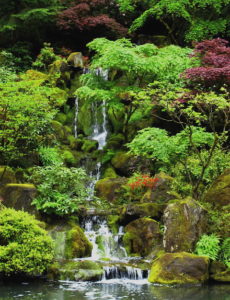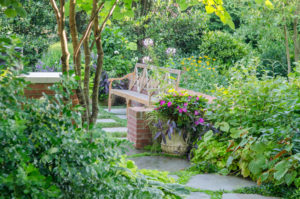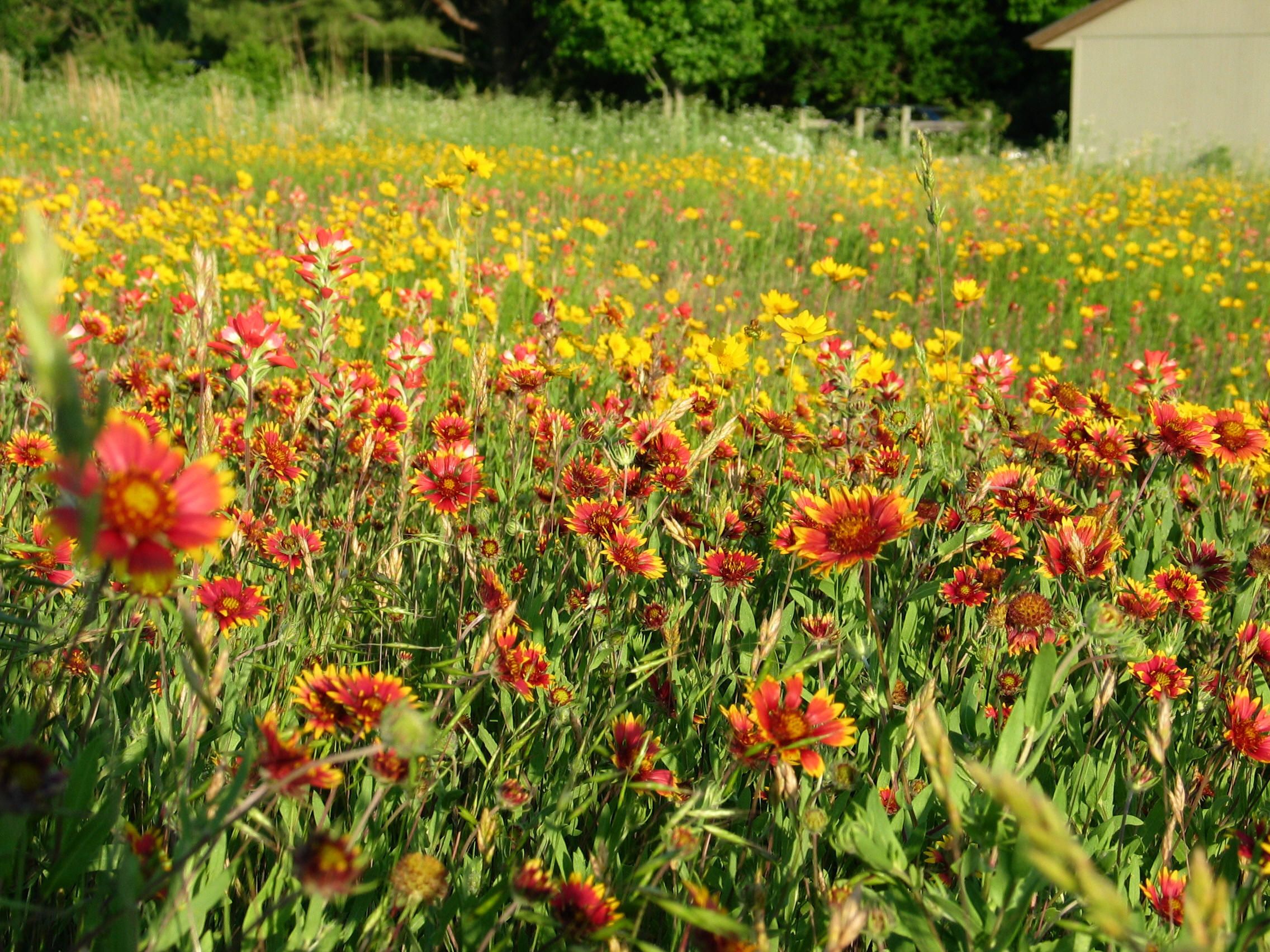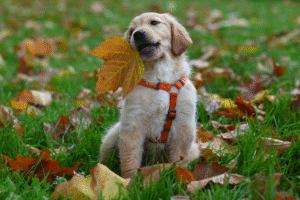One of the most highly esteemed and sought-after looks in landscaping is that of a traditional Japanese garden. What typically comes to mind when one thinks of a Japanese garden is an extravagant botanical display filled with hedged shrubs, pristine topiaries, ornamental maples, and crisp bamboo.

Less known about this style of gardening, however, is that traditional Japanese gardens aim to use native plants in order to enhance the natural form of the landscape as opposed to creating a sterile scene. This philosophy can be easily adapted for any biome to create beautiful, lush gardens that provide a snapshot to the wonders of the natural world.
Naturescaping, the practice of maintaining one’s lawn and garden using minimal techniques that work with and support the integrity of the natural environment, can be of great benefit to those who choose to implement its tenants of conservation and sustainability. It is no secret that Maryland seasons bring temperamental weather. Native plants are better adapted to withstand the climate of their environment as a result of millions of years of natural selection under similar cultural conditions. That means these plants often require less water and less maintenance overall. Flourishing plants are the goal of any landscape—an easy one to achieve when plants are well suited to their environment. The battle to keep a plant in conditions that are dissimilar to its indigenous ecosystem can result in gardens that appear lackluster, are slow to grow, or must undergo numerous replacements.
Not only are native plants more likely to flourish, they are also better for the environment. Maryland, Washington D.C., and Virginia are sites of seemingly constant development. The desecration of natural areas in favor for more buildings, paved surfaces, or non-native gardens means that our native wildlife is running out of room to thrive. Birds, bugs, and mammals alike are dependent on their accustomed flora and fauna for food and shelter.
Entomologist Doug Tallamy and Kimberley Shropshire’s 2009 research shows that oak trees native to Kentucky (Quercus spp.) supported 557 species of caterpillar alone. They compared their data with a non-native species of Yellowwood (Cladatris sp.) commonly used in residential landscaping and found that it supported none. Wildlife prefers to stick with what it knows and, when given the choice, will typically nest and repopulate in and around plants that are native.
A topic that has been gaining more attention recently is that of severe population decline among bees and other pollinator species. While honeybees enjoy a wide array of flowers, native pollinators including solitary bees are more particular when choosing nectar and pollen sources. As is to be expected, native bees prefer native flowers, some going so far as to not pollinate invasive species at all. This is because insects and flowers evolve together, oftentimes mimicking the reproductive patterns of one another. Native plants also host beneficial predators such as wasps, ladybugs, nematodes, and mantids, which help to create a stronger defense against plant pests while contributing to natural disease resilience.
The benefits of including native plants in the garden are impossible to ignore and should serve as food for thought for homeowners and landscapers alike. At Planted Earth, we strive to use native plants in all of our new installations. You need not have a garden consisting of entirely native plants to reap the benefits, however; substituting only a few plants at a time can yield a tremendous impact. Your gardening crew can make recommendations especially suited to your landscape, however some classic replacements for commonly used plants in the Mid-Atlantic region are as follows.

Inkberry (Ilex glabra) is a suitable replacement if you desire the sought-after look of a boxwood (Buxus spp.) or Japanese holly (Ilex crenata). Ilex glabra will surely serve as a strong feature of any landscape, with its full-bodied structure consisting of dark evergreen leaves and rich purple fruit. Bayberry (Myrica pensylvanica) is another beautiful native shrub that is low-maintenance, as well as an excellent attractant for local birds.
Japanese forest grass (Hackonechloa spp.) is a genus of widely used groundcover grasses that fare well in most conditions, however they are non-native to North America. Native grasses that can replace these include Indian woodoats (Chasmanthium latifolium) and Virginia wild rye (Elymus virginicus). Both have a similar spreading affect and are great for low-maintenance areas that you still want to look attractive. Chasmanthium latifolium and Elymus virginicus have arching seed heads and reseeds themselves, providing a lush cover that reduces the need to mulch and weed, so it is important to consider the plants’ pervasive tendencies when selecting a site.
Lupine (Lupinus spp.), Black-Eyed Susan (Rudbeckia hirta), Common Verbena (Verbena officialis), Iris (Iris germanica), Geranium (Geranium sanguineum), and Bee Balm (Monarda spp.) are all beautiful flowering perennials that benefit a multitude of local pollinators in the Eastern United States.
Having a natural landscape does not mean that you have to sacrifice aesthetic or economic value. There are a myriad of native plants that can provide an array of different looks for any home in any condition and on any budget. With the loss of natural habitat ever-growing, it is paramount to consider the small impact you can make by opting to install even a few native plants in your garden.




